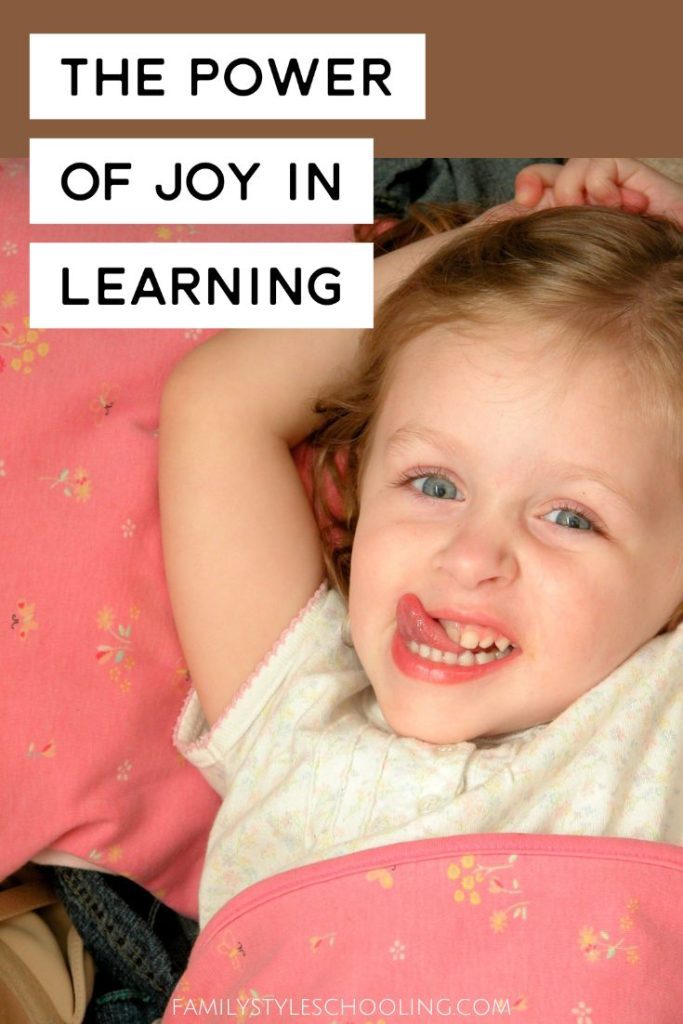The Power of Joy in Learning: Peek A Boo Benefits Brain Development
A simple game of peek a boo benefits brain development and learning. When parents engage in this timeless interaction with their babies, they're not just entertaining - they're laying crucial neural pathways for emotional regulation and relational connection.
The Science Behind the Smiles
When a baby experiences the brief "disappearance" during peek-a-boo, there's a moment of mild distress. But what happens next is magical - the parent's face reappears with a joyful expression, teaching the child that moments of difficulty can be followed by a return to joy. This pattern becomes a foundational emotional skill that serves children throughout their lives.
From Toddlers to Teens: Growing in Joy
As children grow, the principle remains the same, though the application evolves. When a toddler falls while learning to walk, a parent's encouraging smile helps them get back up. When a teen faces academic challenges, a mother's warm presence can help them navigate frustration and return to a place of emotional balance.
Beyond structured learning time, building secure attachment through everyday moments is crucial for a child's development. Simple activities like cooking together, reading bedtime stories, or taking nature walks provide opportunities for genuine connection. These shared experiences, free from academic pressure, allow children to feel truly seen and understood. When parents consistently respond to their children's emotional needs during these casual interactions, it reinforces the foundation of trust and security established during more formal learning times. This emotional bedrock becomes particularly valuable during challenging academic moments, as children who feel securely attached are more likely to take risks in their learning and bounce back from setbacks.
Molly Wright: How Every Child Can Thrive By Five TED Talk
In this powerful TED Talk, seven-year-old Molly Wright presents an engaging and insightful message about early childhood development. She explains how simple, everyday interactions between caregivers and young children can dramatically shape brain development and lifelong capabilities. Through practical demonstrations and clear examples, Molly shows how games, "serve and return" interactions, and loving engagement in a child's first five years lay the groundwork for future success.
The talk emphasizes that these crucial early connections don't require expensive toys or complex activities - just present, responsive caregivers who engage meaningfully with their children. Molly's presentation serves as both an inspiring call to action and a practical guide for parents and caregivers.
Copycat Games Build Imagination and Empathy
Simple imitation games serve as powerful building blocks for both cognitive and emotional development. When children engage in copycat activities - whether mirroring facial expressions, repeating gestures, or echoing sounds - they're developing crucial neural pathways for understanding others' perspectives and emotions. These playful interactions help children recognize and interpret social cues, laying the groundwork for deeper empathy. Additionally, imitation games strengthen the bond between parent and child, creating a shared language of movement and expression that enhances emotional connection. Through these games, children learn to read subtle emotional signals, understand cause-and-effect relationships, and develop their own creative variations on familiar patterns.
Naming Games Build Vocabulary and Attention
Naming games are a powerful tool for cognitive development and attention building. When parents engage in activities like pointing to and naming objects, or playing "I Spy" with their children, they're doing more than expanding vocabulary. These games help children develop focused attention, improve their ability to categorize and organize information, and strengthen their working memory.
The interactive nature of naming games also supports listening skills and builds turn-taking abilities. As children learn to associate words with objects and concepts, they're developing crucial language processing skills that will support their future reading and writing abilities. Making these naming activities playful and engaging helps maintain the joy-filled connection that supports optimal learning.
Peek a Boo Benefits Brain Development
When babies engage in games like peek-a-boo, they're not just having fun - they're building crucial cognitive and emotional foundations. A little game like peek a boo benefits brain development. These simple interactions help develop object permanence (understanding that things continue to exist even when out of sight) and strengthen memory skills as babies learn to anticipate the reappearance of familiar faces.
Moreover, these games foster trust as little ones experience the reliable pattern of separation and reunion. Each time a parent returns with a smile, it reinforces the child's growing sense of security and strengthens the attachment bond. This combination of cognitive development and emotional security creates an optimal environment for learning and growth.
Interaction Teaches Life Skills
Interactive play and communication between parents and children foster essential life skills that extend far beyond childhood. Through these exchanges, children develop crucial abilities like turn-taking, emotional regulation, and social awareness. When parents engage in responsive interactions, they help children learn to read social cues, understand boundaries, and develop healthy communication patterns.
These foundational skills, established through early playful interactions, become increasingly sophisticated as children grow, ultimately supporting their success in relationships, education, and future professional endeavors. The beauty of these parent-child interactions lies in their natural progression - from simple games like peek-a-boo to more complex conversational exchanges, each stage builds upon the last to create a comprehensive framework for social and emotional competence.
Kids are Hardwired for Connection
From birth, humans are biologically designed to seek and maintain strong emotional connections. This innate drive for attachment shapes brain development, emotional regulation, and learning capacity. When secure connections are consistently maintained, children develop healthy stress response systems, strong emotional resilience, and enhanced cognitive abilities. However, when these vital connections are disrupted or broken - whether through trauma, neglect, or prolonged separation - the impact can be significant.
Children may struggle with emotional regulation, experience difficulty in forming relationships, and face challenges in learning environments. Their stress response systems may become dysregulated, making it harder to engage in academic tasks or maintain focus. The good news is that through intentional, nurturing relationships and consistent emotional support, these connection patterns can be repaired and strengthened over time.
The Value of Learning to Trust
Trust forms the bedrock of healthy emotional development and successful learning. When children learn to trust through consistent, caring interactions with their parents, they develop the confidence to explore, take risks, and recover from setbacks. This trust-building process begins in infancy with simple interactions like peek-a-boo and continues to evolve throughout childhood. As children experience their parents' reliable presence and support during both joyful and challenging moments, they internalize a sense of security that enables them to face new challenges with resilience.
This foundational trust becomes particularly crucial in learning environments, where children need to feel safe enough to make mistakes, ask questions, and persist through difficulties. When children trust their caregivers, they're more likely to maintain emotional regulation during stress and seek help when needed, creating a positive cycle of learning and growth.
The Homeschooling Connection
In the unique context of homeschooling, this understanding becomes particularly valuable. As both parent and teacher, you have the opportunity to create an environment where:
- Learning challenges are met with emotional support
- Difficult concepts are approached with patience and encouragement
- Mistakes are viewed as opportunities for growth
- The parent-child bond strengthens through academic partnership
In the context of parent-child relationships and learning, it's powerful to consider the biblical concept of hesed love - a steadfast, covenant-keeping love that remains constant regardless of circumstances. This kind of unconditional love, demonstrated throughout Scripture in God's relationship with His people, provides a beautiful model for parents.
Hesed love is characterized by faithfulness, mercy, and loving-kindness even in moments of failure or difficulty. When parents embody this type of love in their homeschooling journey, they create a secure foundation where children feel safe to take risks, make mistakes, and grow. Just as God's hesed love never wavers, parents can demonstrate this unchanging commitment to their children's academic and emotional well-being.
Practical Applications for Different Ages
Elementary Years:
- Use humor to lighten moments of frustration
- Take breaks for physical activity when emotions run high
- Celebrate small victories and progress
Middle School:
- Acknowledge the complexity of emotions during this transitional time
- Model healthy ways to handle academic stress
- Maintain connection through active listening
High School:
- Respect their growing independence while remaining emotionally available
- Help them identify their own strategies for returning to joy
- Share personal experiences of overcoming academic challenges
Building a Joy-Filled Learning Environment
The goal isn't to eliminate negative emotions - they're a natural part of learning and growth. Instead, focus on:
- Creating a safe space for all emotions
- Teaching strategies for emotional regulation
- Maintaining connection during challenging moments
- Celebrating returns to joy as valuable learning experiences
As parents, one of the most powerful ways we can teach the skill of returning to joy is by modeling it ourselves. When we make mistakes, lose our patience, or face our own struggles, we have precious opportunities to demonstrate emotional resilience in action. By openly acknowledging our challenging moments, taking necessary steps to regulate our emotions (whether through deep breaths, a short walk, or a moment of prayer), and then authentically sharing our return to joy with our children, we provide them with a living example of emotional navigation. This vulnerability and transparency in our own emotional journey create a powerful connection with our children, showing them that everyone - even parents - experiences difficult emotions and can find their way back to joy.
The Long-Term Impact
When we consistently help our children return to joy from difficult emotions, we're not just making homeschooling easier but equipping them with essential life skills. They learn that:
- Challenges are temporary
- Support is available
- Difficult emotions can be managed
- Learning is a journey best traveled together
By understanding and applying these principles from neuroscience and attachment theory, homeschooling parents can create an environment where both academic and emotional growth flourish naturally. The investment in building these joy-filled connections pays dividends not just in academic success, but in lifelong emotional resilience and relationship skills. And to think that a simple game like peek a boo benefits brain development. It's an easy way to start.
Betsy Strauss is an unexpected homeschooler, mother of three, who is in a relationship with a sweet man for life. She loves reading books, drinking coffee, and learning anything with her kids.


